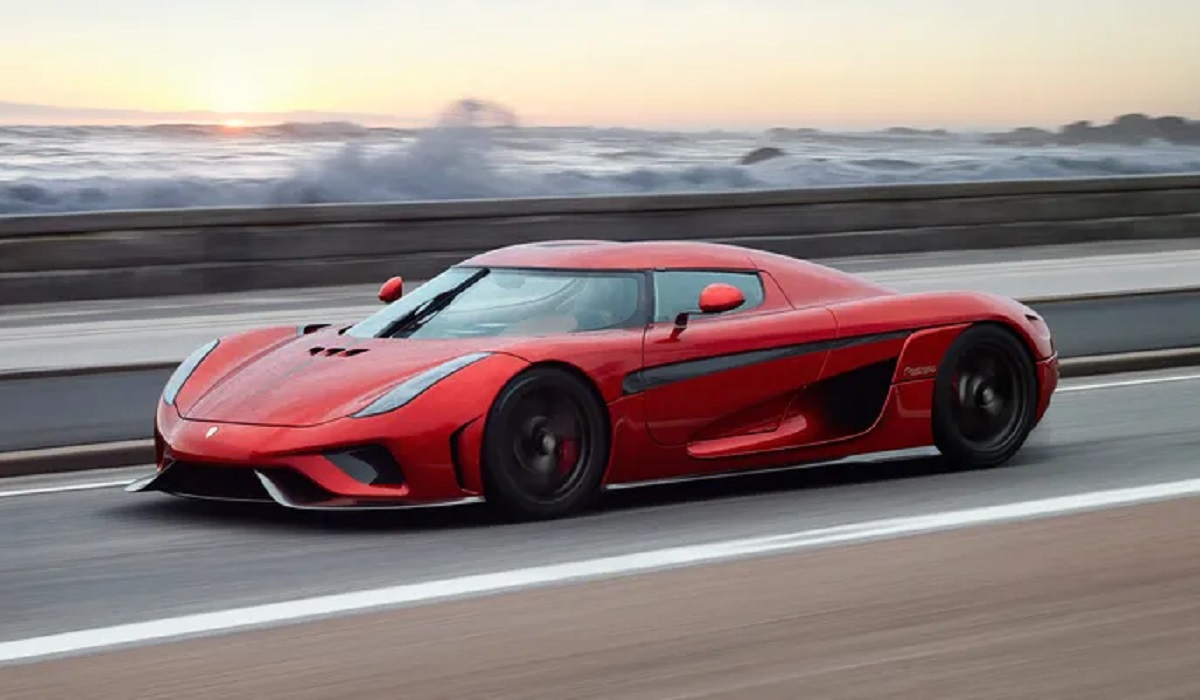From the inception of the automobile to the present day, humans have continually sought to push the boundaries of speed and engineering excellence. Each generation has witnessed groundbreaking engineering achievements, resulting in some of the fastest cars the world has ever seen. In this article, we will explore the realm of speed and discovery as we unveil the evolution of the world’s fastest cars. But before diving into the list, let’s start with the reference point—the iconic Benz Patentwagen, the first patented automobile, which laid the foundation for what was to come.
The Fastest Cars in the World:
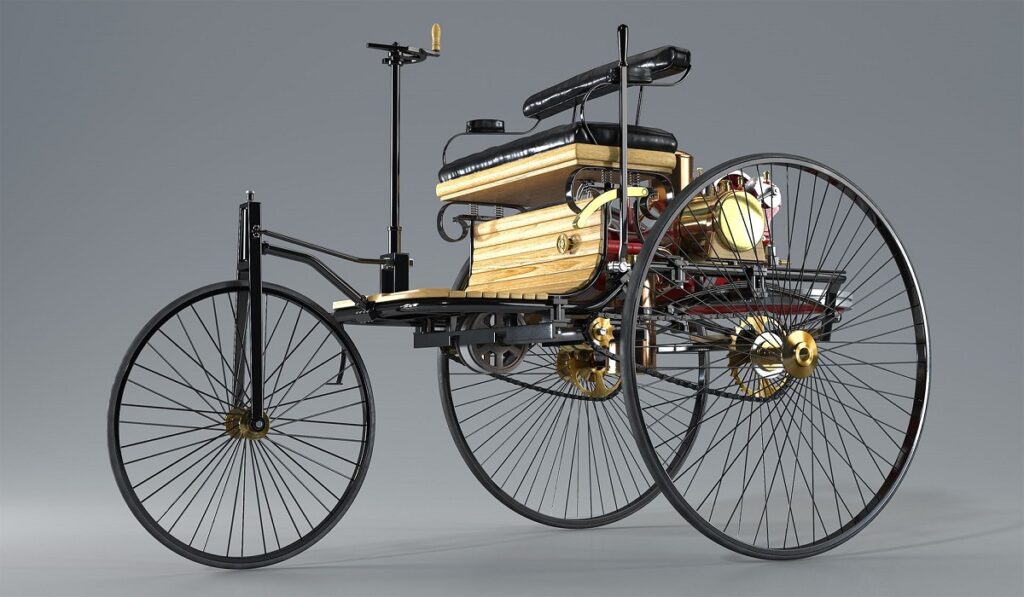
Karl Benz’s invention of the Benz Patentwagen in 1886 marked the birth of the internal combustion engine, yet its maximum speed was a modest 16 km/h (10 mph). While considered slow by today’s standards, it was a starting point for automotive innovation.
Astro-Daimler Prinz Heinrich:
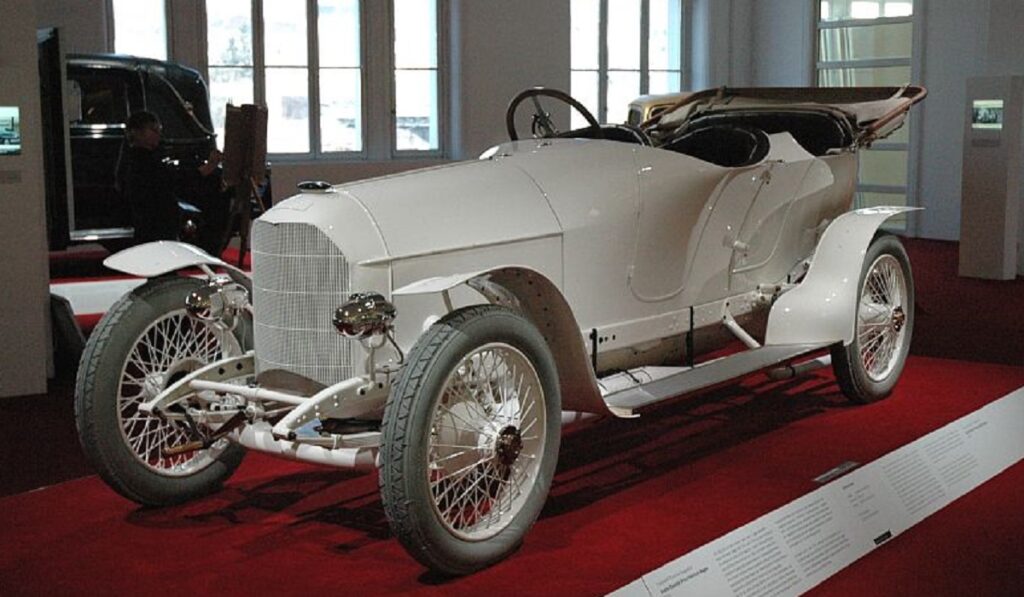
The Astro-Daimler Prinz Heinrich, although often forgotten, once held the title of the world’s fastest car. With its 4-cylinder, 5.7-liter engine, it reached a top speed of 136 km/h (85 mph) and remained unrivaled for many years until 1928.
Duesenberg Model J:
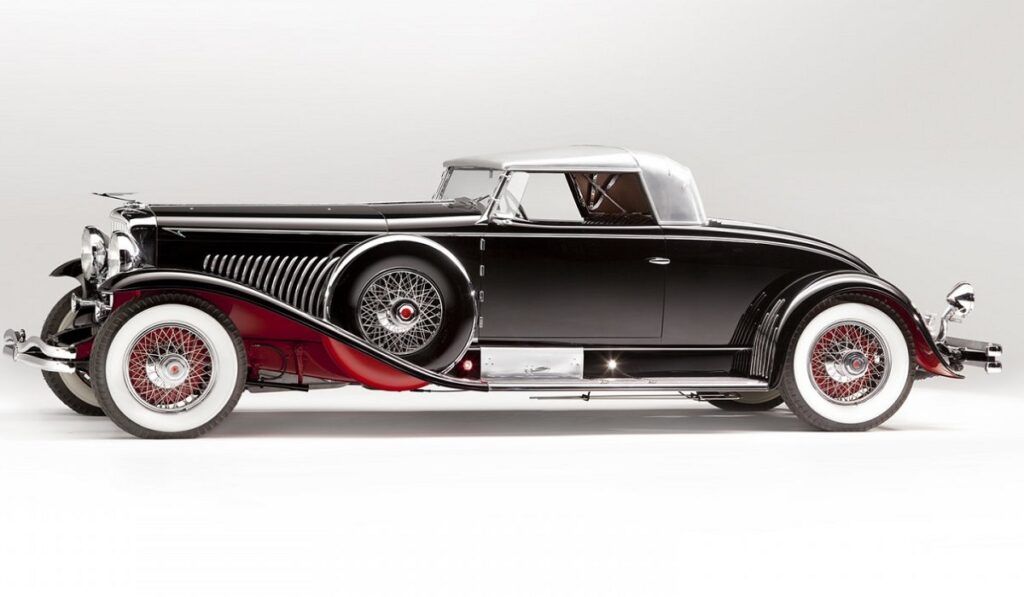
Duesenberg, a brand no longer in existence, produced luxury and high-speed automobiles. Its Model J, with a top speed of 190 km/h (118 mph), claimed the title of the fastest car in 1928, maintaining that distinction for a remarkable 21 years.
Jaguar XK120:
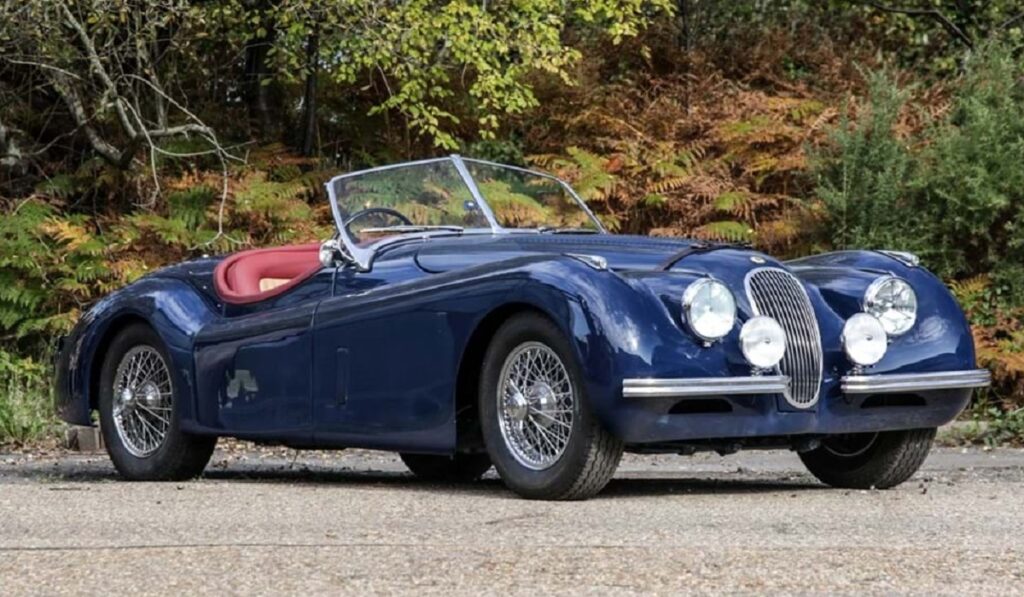
Jaguar’s XK120, introduced in 1949, was a significant milestone, surpassing the Duesenberg’s reign. With a confirmed top speed of 198 km/h (123 mph), the XK120 was not only the fastest production car of its time but also the first to exceed 200 km/h (124 mph) with the assistance of wind dynamics.
Mercedes-Benz 300 SL:
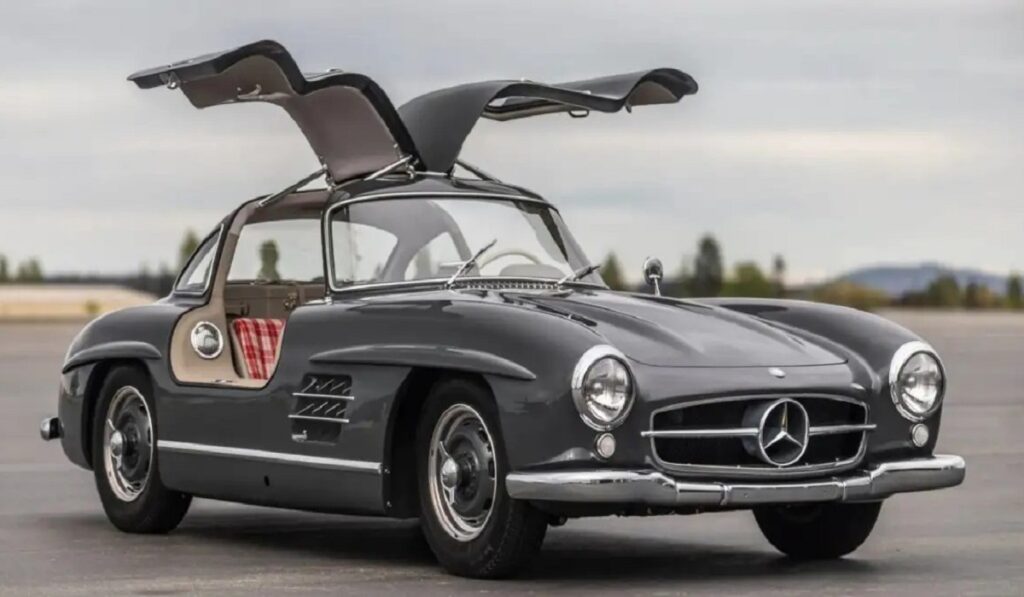
Regarded as the pioneer of supercars, the 1955 Mercedes-Benz 300 SL, nicknamed the “Gullwing,” showcased more than just its iconic doors. With a top speed of 225 km/h (140 mph), it set new benchmarks and remains one of the most expensive cars in the world today.
Aston Martin DB4:
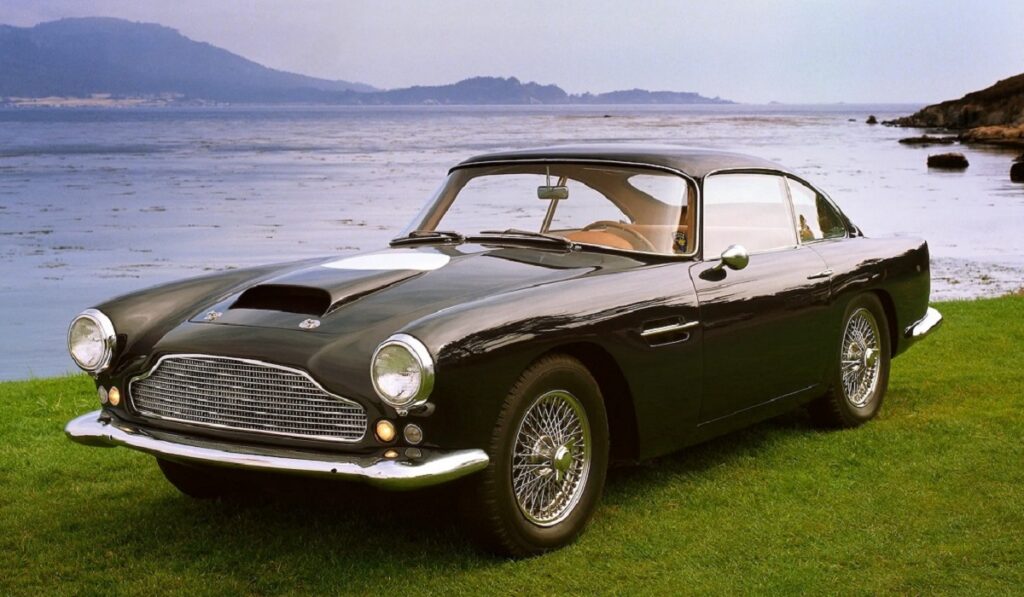
In the German-British rivalry, Aston Martin took the spotlight in 1958 with the DB4, surpassing the 300 SL with a top speed of 226 km/h (140 mph). However, in 1962, the crown would be claimed by the Italians.
Ferrari 250 GTO:
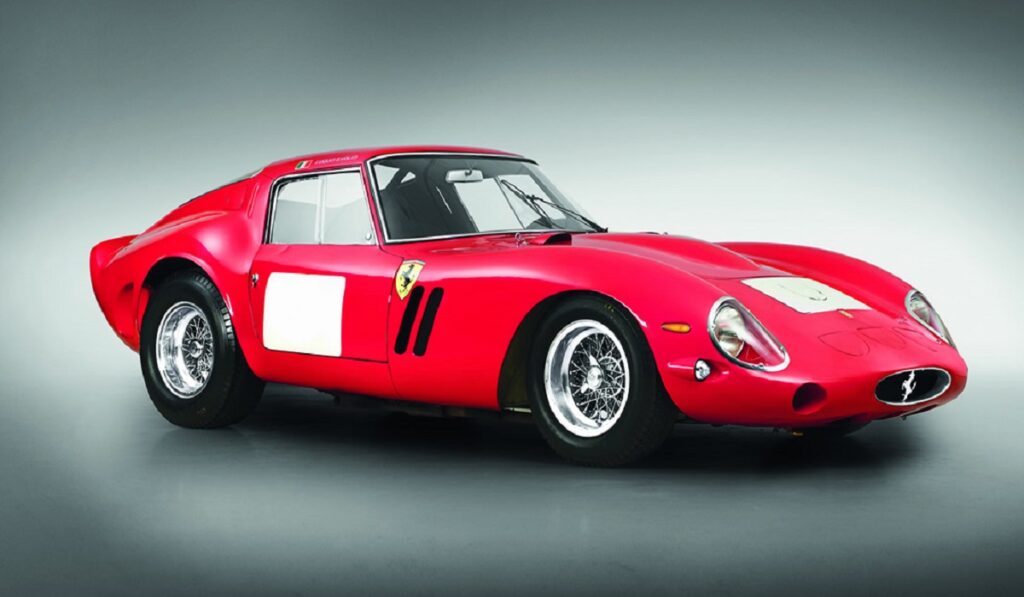
Ferrari 250 GTO When first released for sale in 1962, the Ferrari 250 GTO quickly established itself as not only one of the world’s most costly but also fastest cars; reaching top speeds of 252 km/h (157 mph). Even today it remains highly collectable item.
Studebaker Avanti:
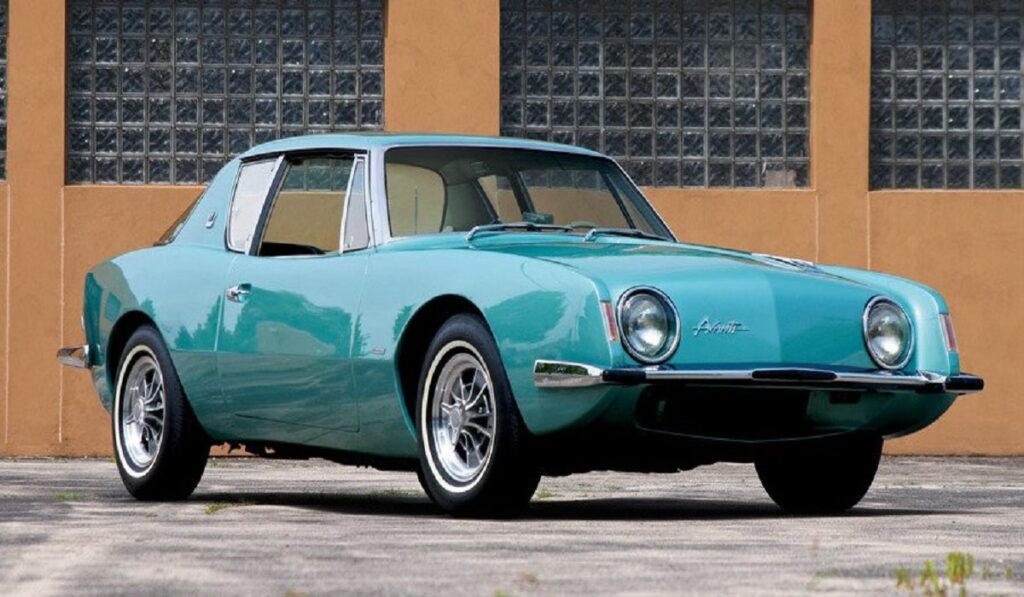
Although relatively unknown today, Studebaker Avanti made waves when first released for sale in 1963; reaching top speeds of up to 270km/h (168mph). Boasting lightweight fiberglass construction with four passenger capacity and breaking 29 speed records along its journey.
AC Cobra Mark III 427:
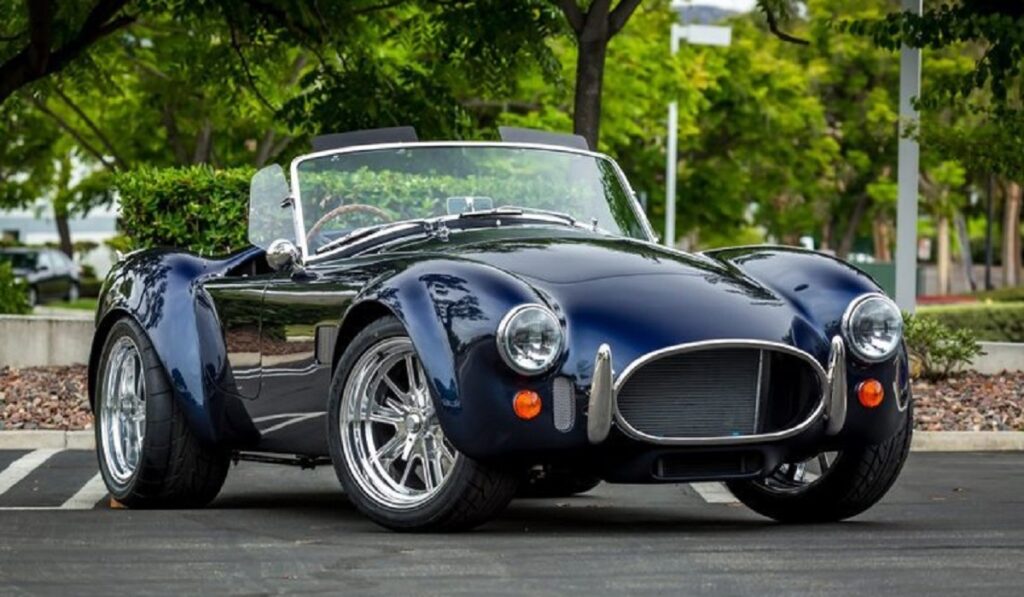
This iconic sports car made history through a collaborative partnership between AC and Carrol Shelby; reaching an incredible top speed of 298km/h or 185.5 mph when launched into service in 1964.
Lamborghini Miura:
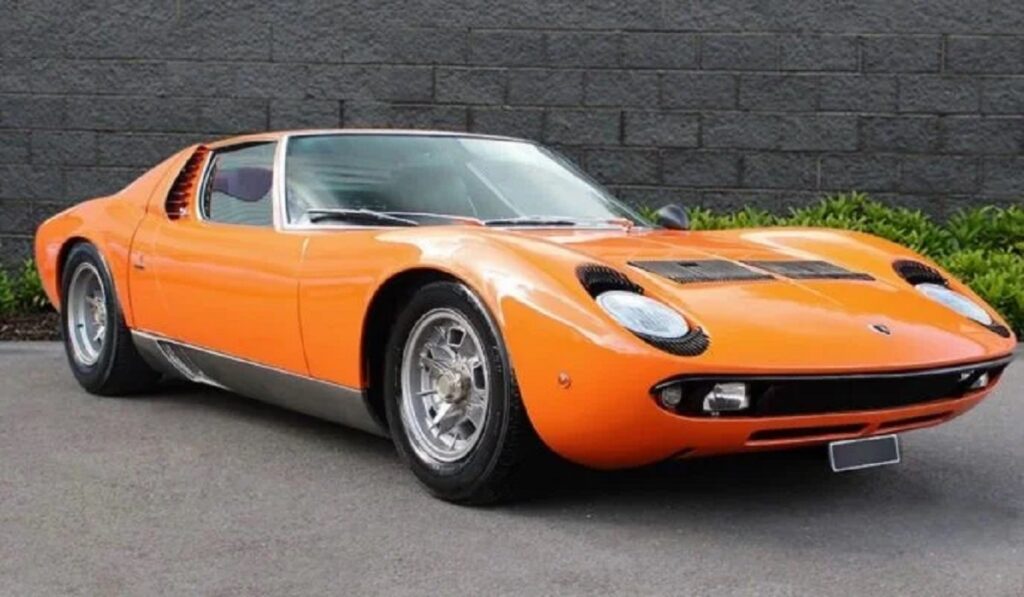
An Exciting Rivalry In 1967, Lamborghini debuted their Miura P400 which achieved top speeds of 273. km/h (170 mph). Boasting midengine design with transverse V12 layout and many notable innovations that revolutionized automotive performance design at that time – including numerous groundbreaking features – making this car one of the greatest milestones in Lamborghini history and reigniting its iconic competition against Ferrari.
Ferrari GTB4 Daytona:
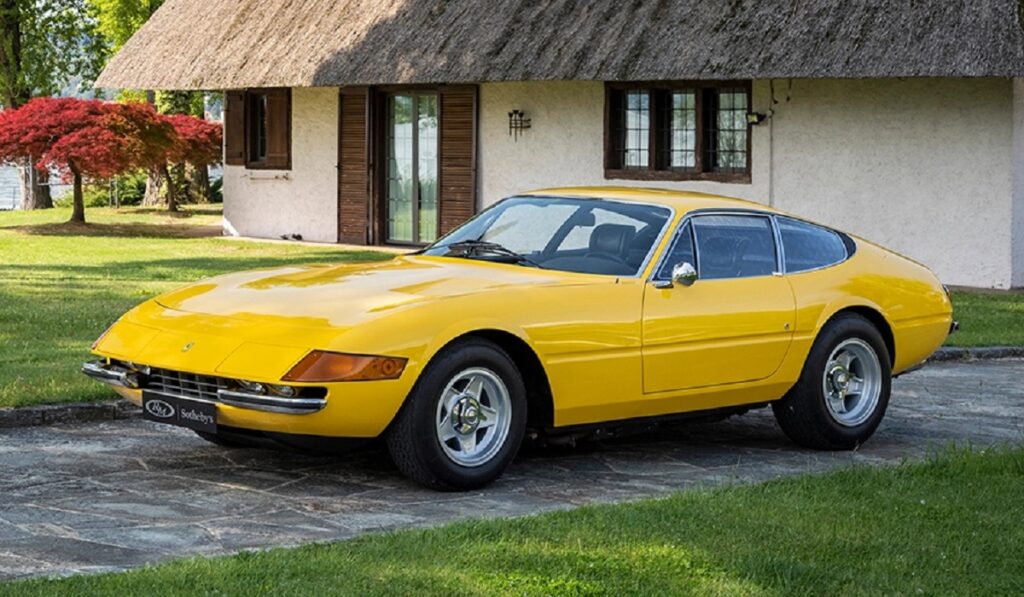
Not to be outdone, Ferrari quickly responded to Lamborghini’s challenge of high performance car manufacturing by producing their iconic GTB4 Daytona in 1967 with an astounding top speed of 278 km/h (173 mph). This legendary vehicle cemented their status as leading producer of high performance automobiles.
Lamborghini Miura P400S:
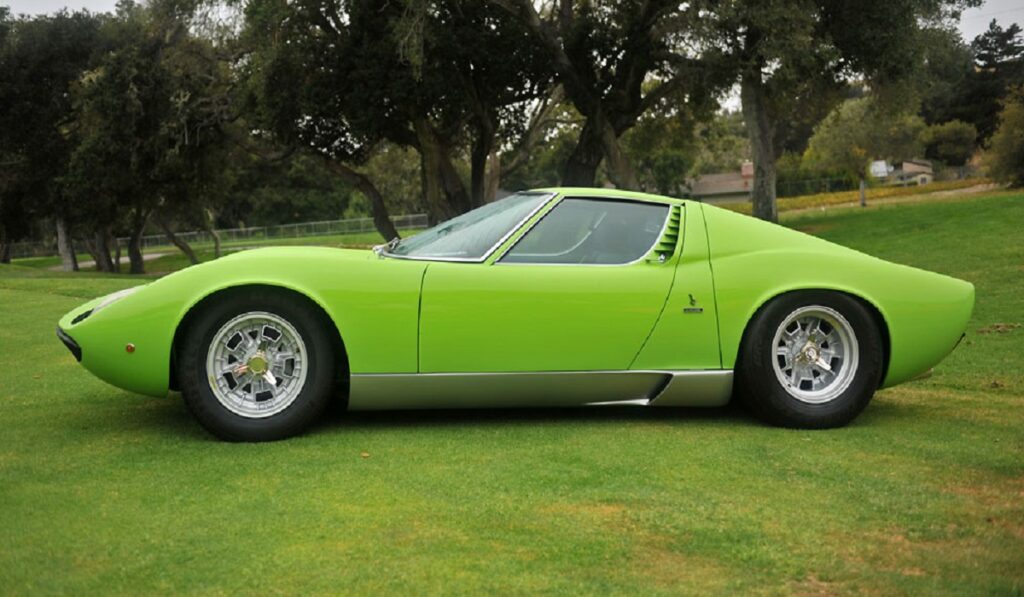
With the debut of Lamborghini’s Miura P400S, another record was broken as its top speed reached 287 km/h (178 mph). This Italian marque held onto this title for several years while delighting enthusiasts with its exquisite design and exhilarating performance.
Lamborghini Countach LP400:
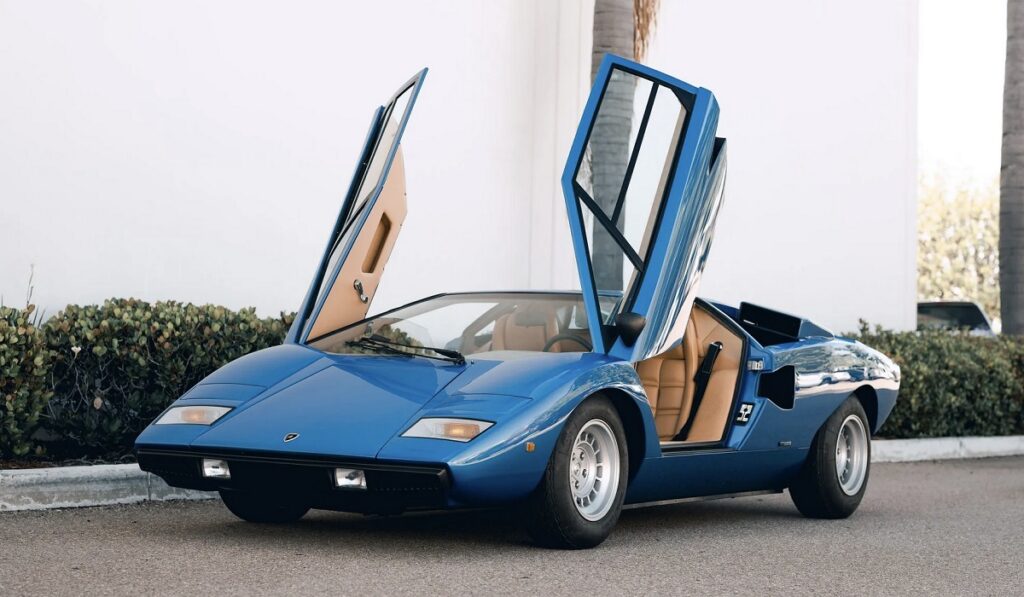
Lamborghini broke its own records again with the debut of its groundbreaking Countach LP400 model, clocking speeds exceeding 287 km/h (178 mph) – cementing Lamborghini’s position as one of the fastest cars available at that time.
Ferrari 288 GTO:
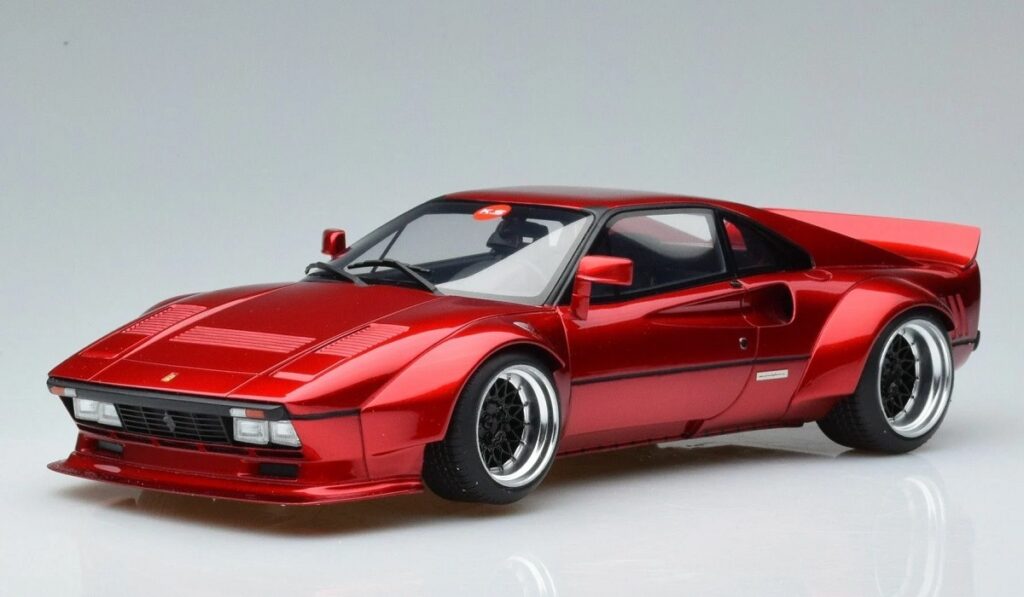
After dominating Formula 1 competition and rally car development for several years, Ferrari made an exciting comeback into automotive history in 1984 with their release of the Ferrari 288 GTO – marking one of their major milestones with an astounding top speed of 304 km/h (186 mph) during testing! A milestone achievement.
Porsche 959:
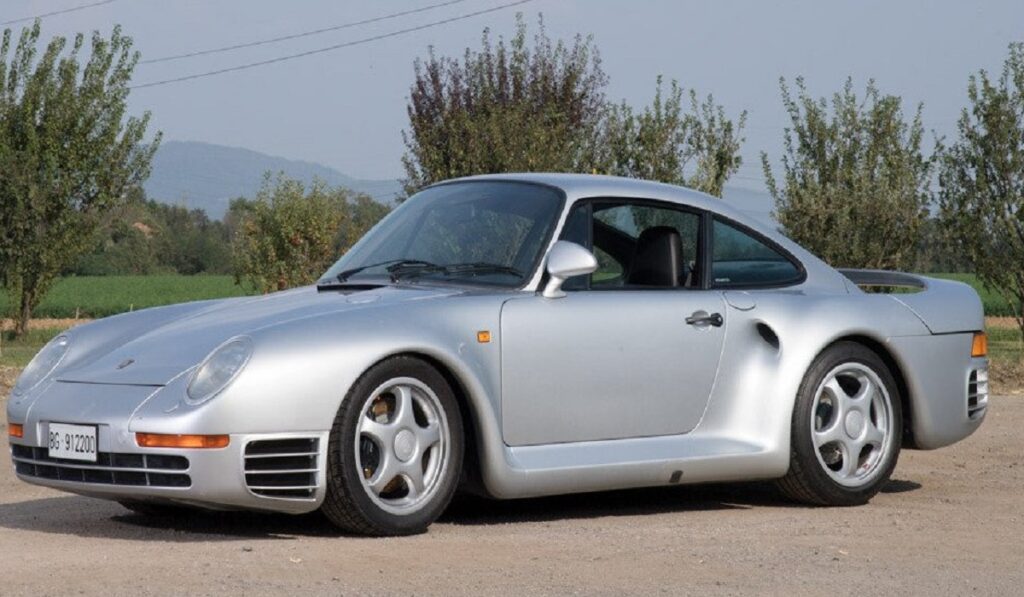
The Porsche 959 introduced innovative technologies developed specifically for racing into mainstream consumer car ownership. As its inaugural all-wheel drive vehicle in this realm of fast cars, it served to showcase Porsche’s advancements in Group B racing and Dakar Rally competition and set new performance and technological benchmarks with over 300 km/h (186 mph). It set new records.
Ferrari F40:
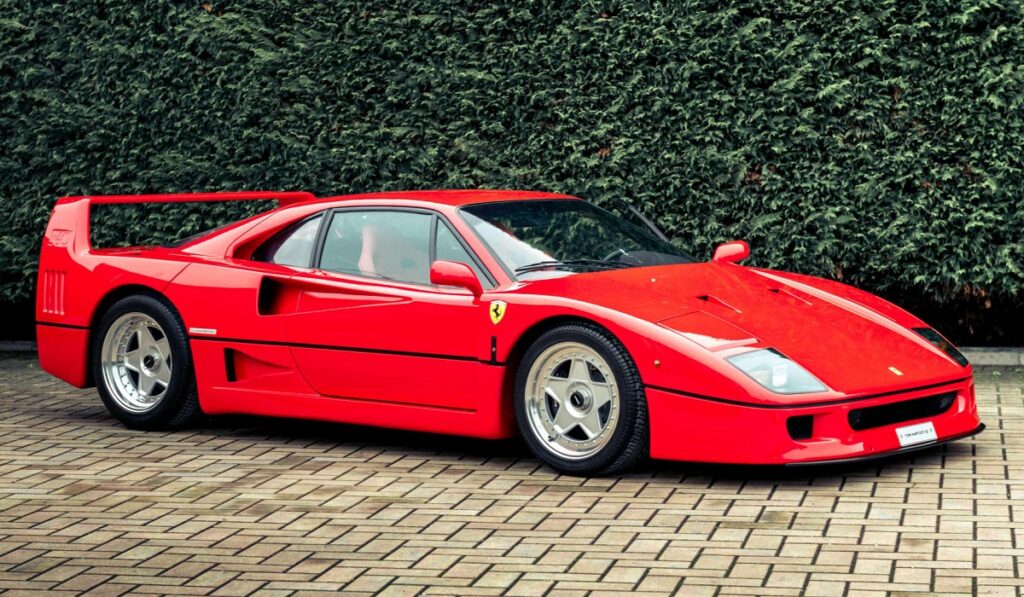
At our journey through the fastest cars, the legendary Ferrari F40 stands as an inspiration and symbol. Not only did Enzo himself approve it for production but it was also created as part of their 40th anniversary celebrations. Boasting its turbocharged 288 GTO engine and minimalist interior features along with its iconic rear spoiler design, its desirability is undeniable and its claimed top speed of 324 km/h (201 mph) remains debated despite being an icon among automotive models.
Lamborghini Diablo:
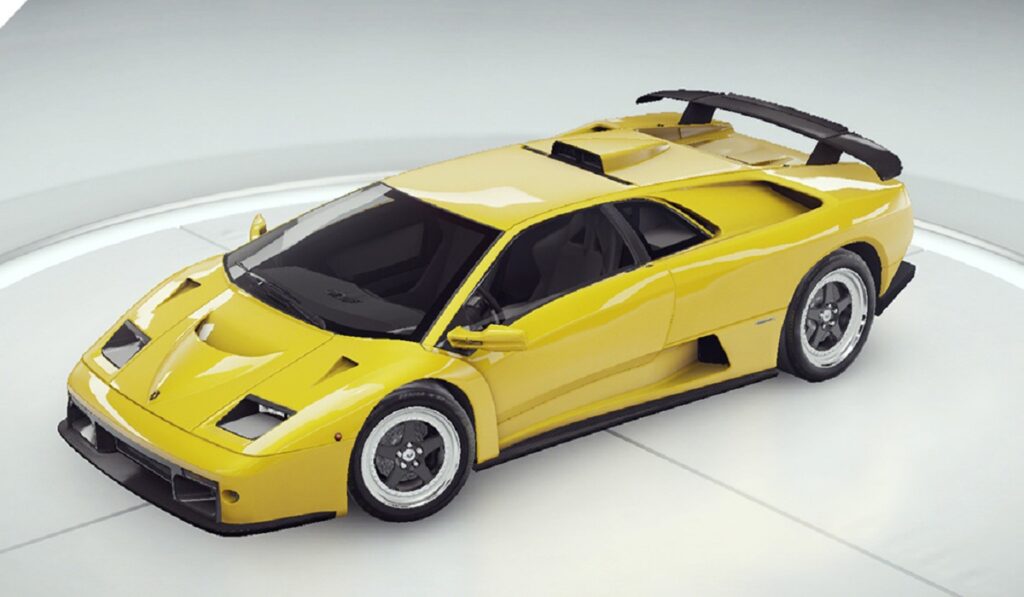
In the long-running rivalry between Ferrari and Lamborghini, the late 1980s and early 1990s witnessed yet another chapter. While Ferrari claimed their F40 could reach top speeds of 324 km/h (201 mph), such claims couldn’t be officially verified outside Italy; Lamborghini claimed their Diablo had hit 325 km/h 202mph which edged out Ferrari by just one km/h; such close competition drives automotive innovation! Even small advantages can make an enormous impactful difference!
RUF CTR:
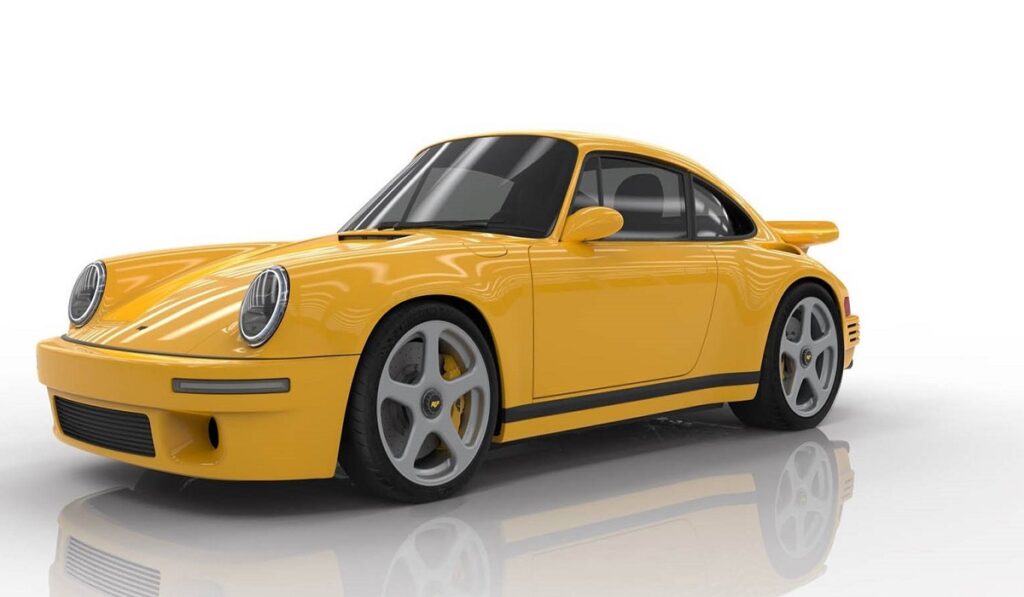
Within the context of Ferrari-Lamborghini competition, an intriguing German manufacturer emerged: RUF. Though usually associated with customizing Porsche 911s, RUF stood alone as a manufacturer; their 1987 RUF CTR “Yellowbird,” also known as an unofficial production model but due to its exceptional performance made headlines and set 29 speed records during an extraordinary drive on Nurburgring track in 1989 – making an impactful statement about performance cars overall!
Vector W8:

Now we enter the realm of cars with unverifiable claims but who remain popularly perceived to be “world’s fastest.” One such vehicle is the 1990 Vector W8, one of only 19 ever produced with its top speed estimated at 287 km/h (178 mph), though this remains unverified and therefore makes for an intriguing collectible among automotive enthusiasts.
Jaguar XJ220:
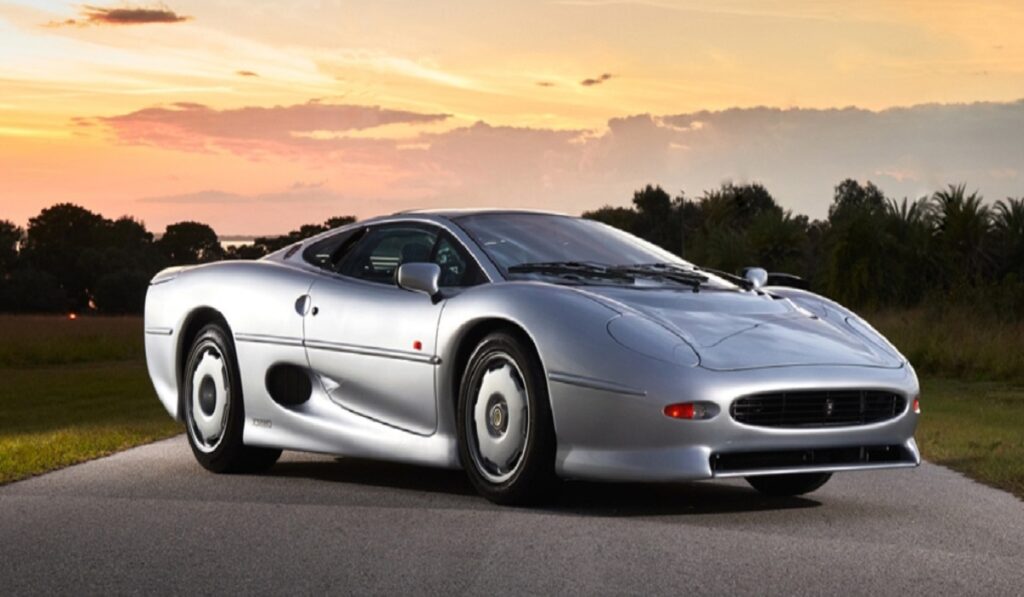
Jaguar made their comeback roughly fifty years after the XK120 with the Jaguar XJ220. While initial concept plans included all-wheel drive, V12 engine, and upward opening doors – these did not make production. Still, Jaguar claimed top speeds of 352 km/h (219 mph); hence its name as it stands today is “220.” While official records may never have been broken by it was nevertheless considered luxurious and powerful in its time – featuring leather seats, wood trim detailing, air conditioning systems and leather seating as standard features of luxury in era.
Bugatti EB110:
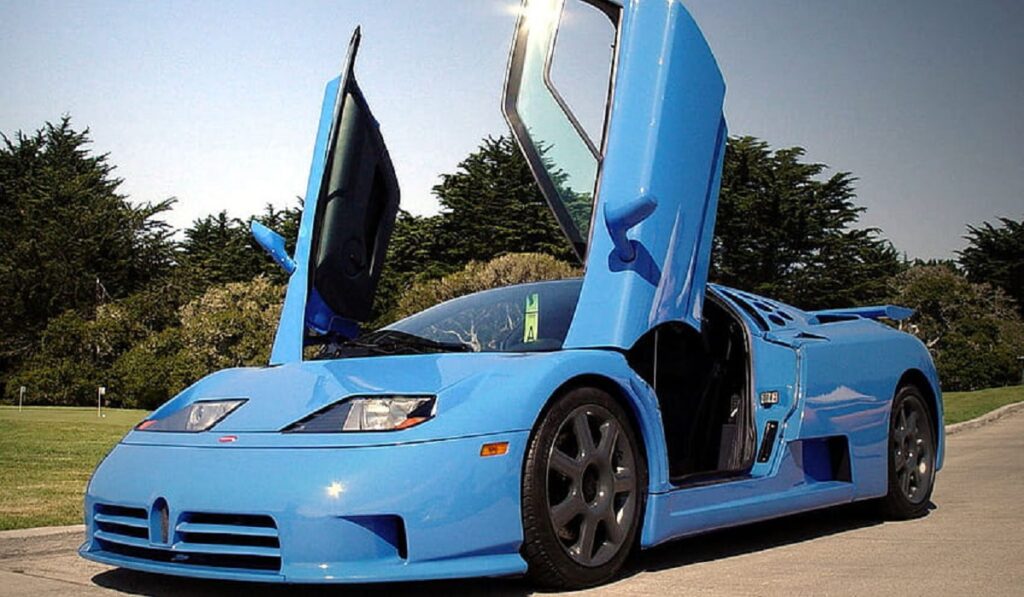
The introduction of the Bugatti EB110 dealt a severe setback to Jaguar XJ220 aspirations, only for it to emerge approximately 30 minutes later as automotive history made headlines and claim its place as world’s fastest car in 1992 with reported top speeds reaching 349 km/h (217 mph). Thus marked Bugatti’s triumphant return.
McLaren F1:
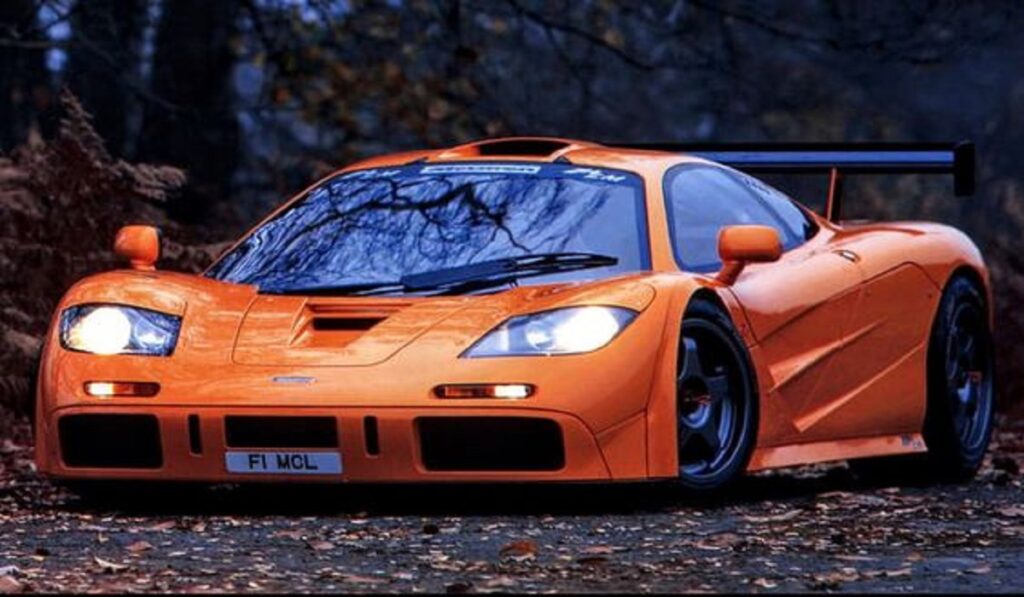
Over time, many cars have eclipsed the McLaren F1 in terms of top speed; however, few can match its impact and timeless charm. Once uncontested as speed king of its time, today it remains one of the most breathtaking automobiles ever created; boasting an official top speed record of 384 km/h (239 mph). Boasting innovative features like central driving position with gold-plated engine bay for heat insulation to name only two, as well as boasting its powerful BMW V12 engine (powered by BMW’s V12 engine), McLaren F1 proudly claims its place among other fast naturally aspirated production cars as one World Fastest Naturally Aspirated Production Car.”
Koenigsegg CCR:
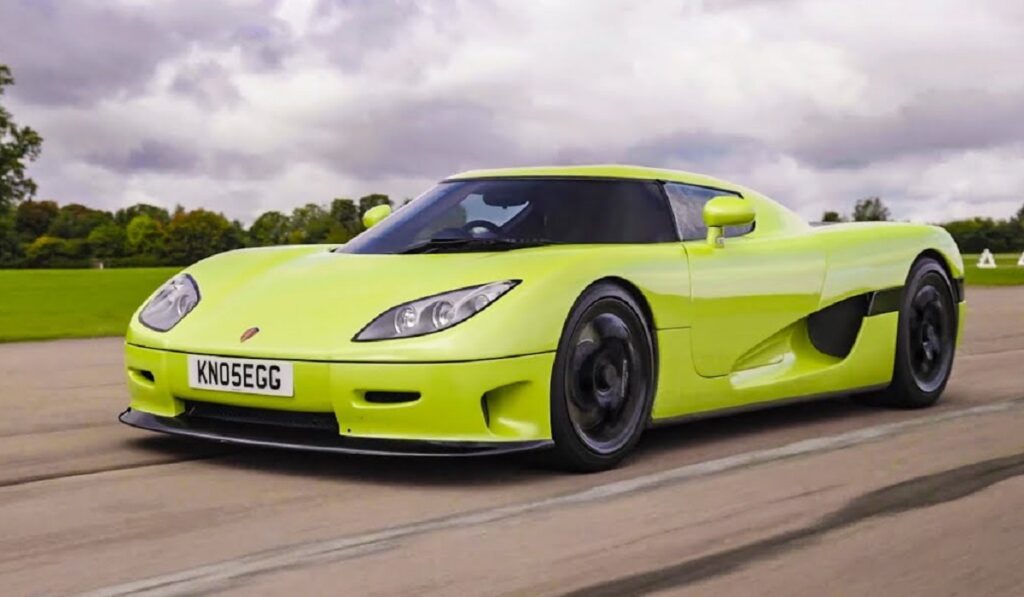
Koenigsegg used forced induction technology in 2005 to unseat McLaren F1 by creating its revolutionary Koenigsegg CCR supercar. Reaching an official top speed of 385 km/h (240 mph), this Swedish marvel introduced an unprecedented level of automotive performance while cementing Koenigsegg as one of the primary players in supercar manufacturing. Boasting ground-breaking engineering and captivating aesthetics, CCR challenged speed limits worldwide, captivating enthusiasts around the globe.
Bugatti Veyron:
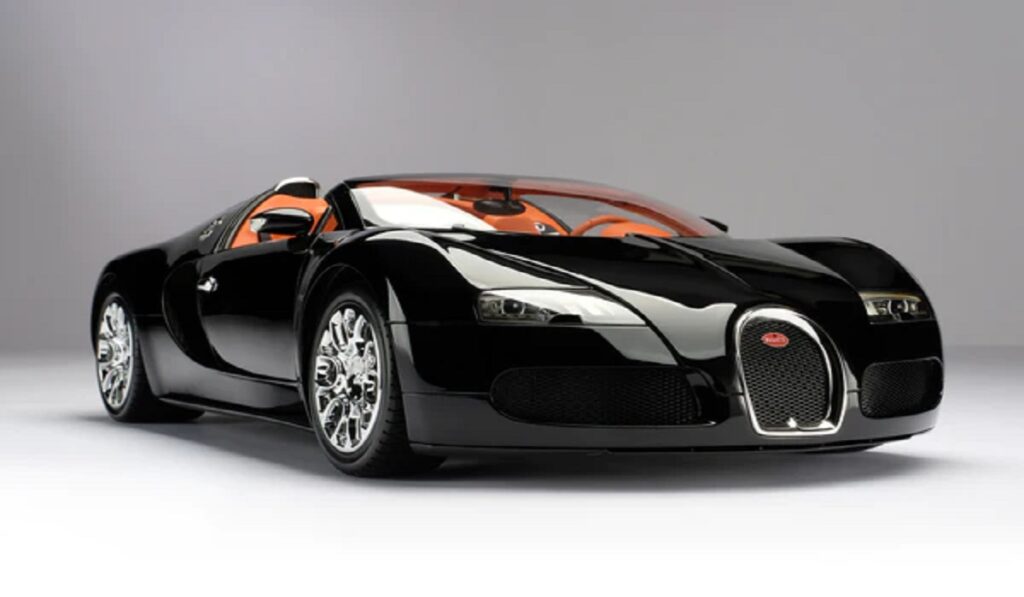
After its revitalization with the EB110 in the ’90s, Bugatti made an unforgettable return to automotive scene under Volkswagen Group in 2005 with their monstrous 1,001 horsepower W16 engine powered Bugatti Veyron which set records previously unattainable – most notably being first production car ever to go beyond 400 km/h (249 mph). As well as extraordinary performance it represented decades of automotive engineering expertise; with groundbreaking designs and an unmatched power source making an instant icon.
Bugatti Veyron Super Sport:
Bugatti took its success one step further with its revolutionary Veyron Super Sport model released in 2010. This breathtaking machine set an unprecedented top speed of 428 km/h (267 mph), breaking its own record while becoming one of the fastest production cars ever created at that point in time. Boasting both jaw-dropping performance and luxurious craftsmanship, its unstoppable surge further solidified Bugatti’s standing within the hypercar segment.
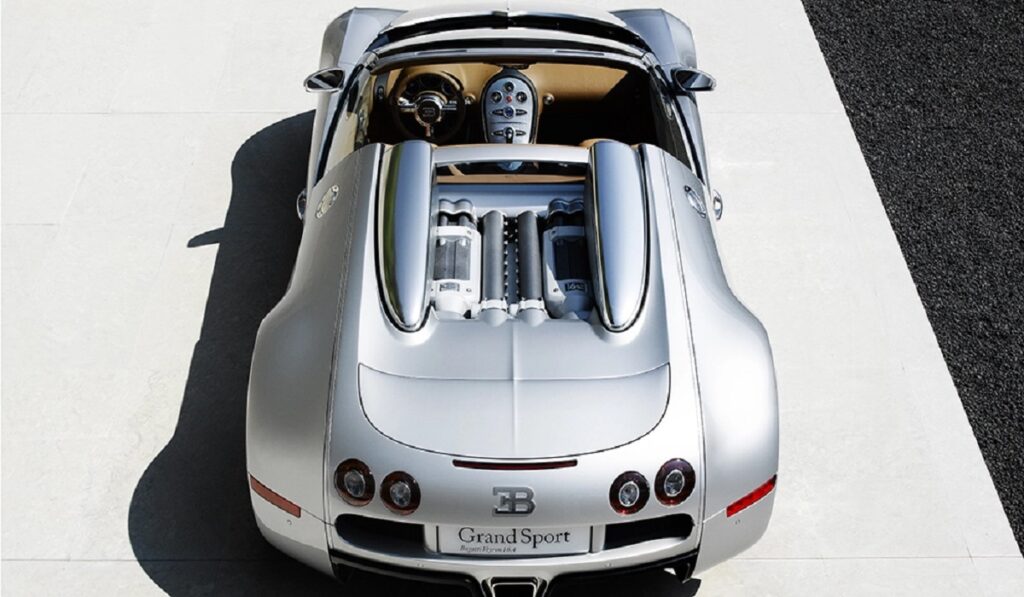
With each advancement in automotive technology comes exciting anticipation of new contenders to race against. These extraordinary machines continue to push boundaries of engineering and design by talented automotive manufacturers; from sleek lines, thunderous engines and breathtaking top speeds – these cars capture our imaginations while reminding us to always pursue excellence when it comes to automotive excellence.
Speed has driven automotive engineering to new heights throughout history. Karl Benz first pioneered automotive speed with his early inventions to cutting-edge creations from Ferrari Lamborghini Porsche; there has been no shortage of impressive and iconic automobiles due to this relentless quest for speed! From early cars like Karl Benz’s creations through iconic brands like Ferrari Lamborghini Porsche that continue the legend, today we witness some truly extraordinary vehicles on wheels as enthusiasts marvel at their astonishing performance and cutting-edge designs of some of today’s fastest cars that continue today to anticipate advances that may shape tomorrow’s generation of high performance automobiles! This article highlights just a few noteworthy examples as we look forward to what may unfold from automotive engineers as we embark upon further advancements that may shape future high performance vehicle creations!
Disclaimer: Please be aware that any top speeds mentioned herein are based on official claims and records at the time of production, rather than real world performance that could differ due to changes in technology and local traffic regulations. Always adhere to local traffic laws when driving responsibly and obey all traffic laws when doing so.
